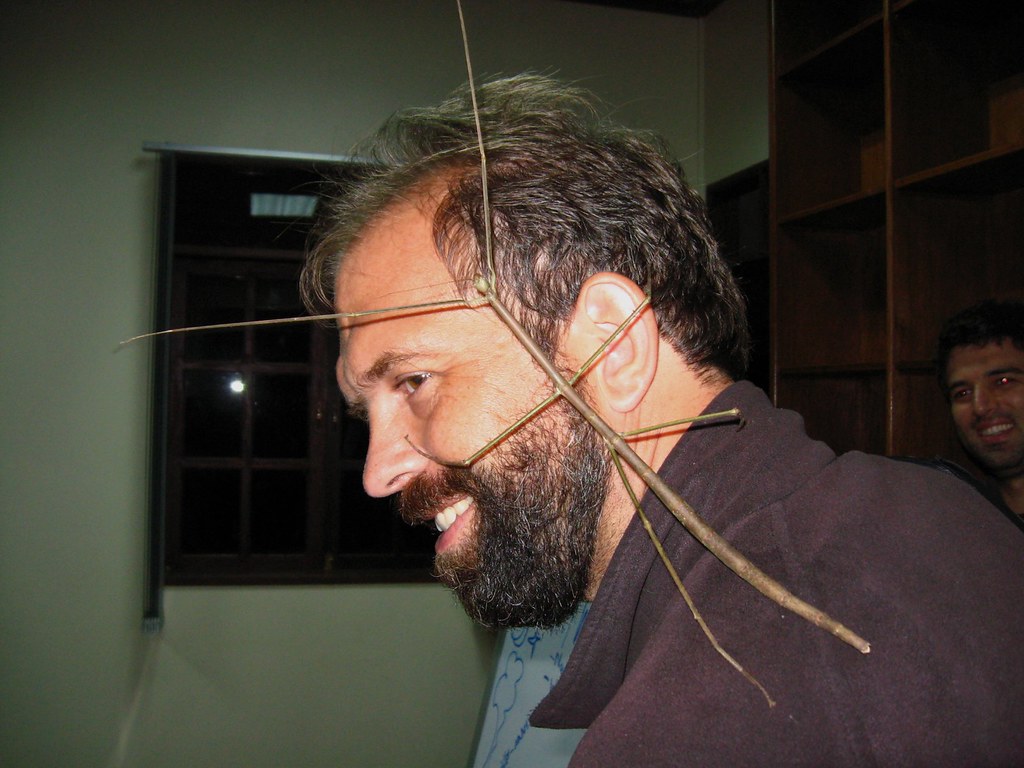Picture this: you’re walking through a misty forest in China when suddenly, what you thought was a twig starts moving. But this isn’t just any twig—it’s longer than a baseball bat, stretching an incredible 24 inches from head to tail. Welcome to the mind-boggling world of Phryganistria chinensis, the longest insect on our planet, a creature so perfectly evolved that it makes you question everything you thought you knew about the limits of nature.
Meet the Record-Breaking Giant
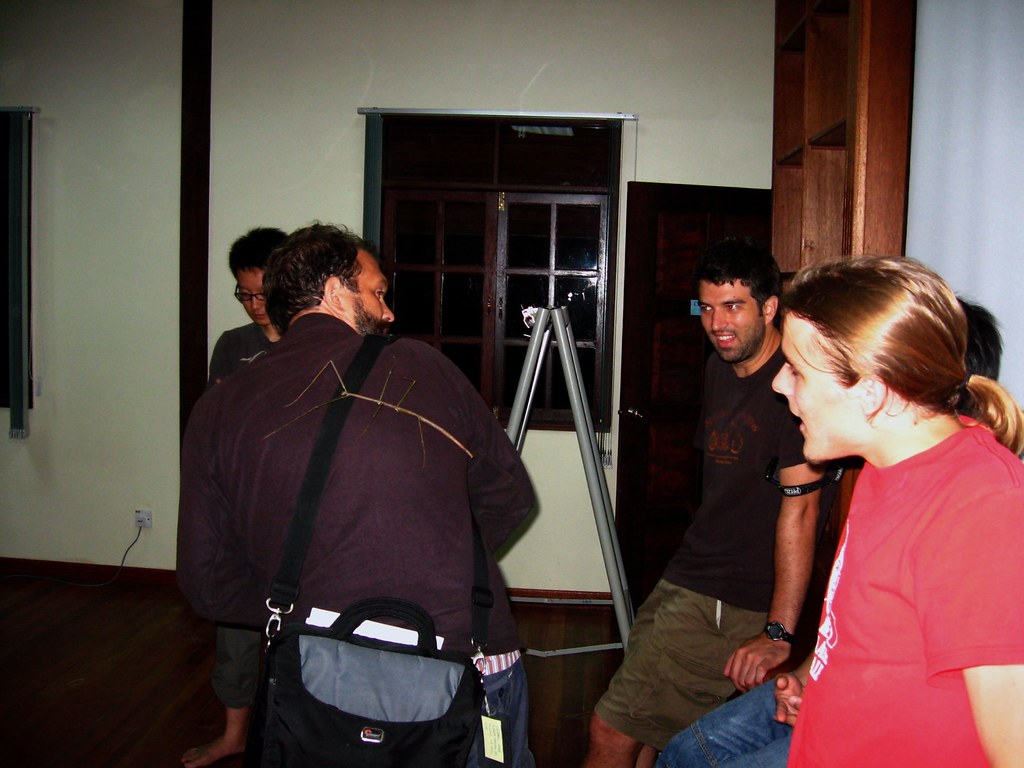
Phryganistria chinensis holds the undisputed title as the world’s longest insect, measuring an astounding 24.5 inches (62.4 centimeters) with its legs fully extended. This stick insect was discovered in 2014 in the Guangxi region of southern China, and it literally broke the measuring tape when it came to insect records. To put this in perspective, this bug is longer than most laptop computers and could easily span the width of a standard car tire. The previous record-holder was a mere 22.3 inches, making this Chinese giant a true evolutionary marvel. What’s even more remarkable is that scientists believe there could be even larger specimens lurking in unexplored forests, waiting to shatter this record once again.
The Evolutionary Arms Race Behind Extreme Length
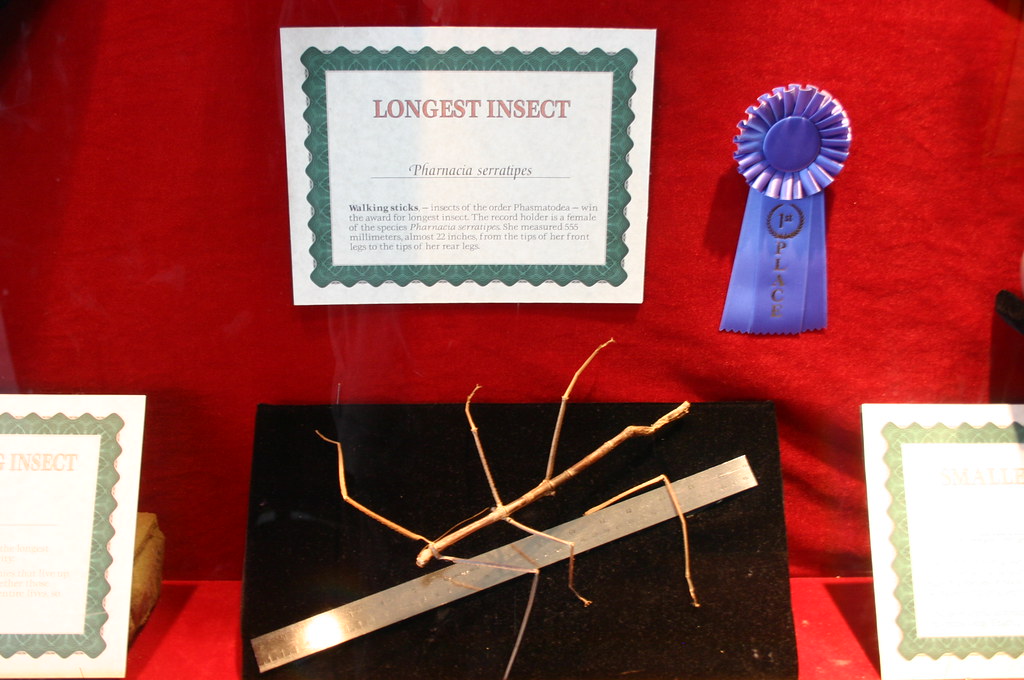
Evolution doesn’t just hand out extreme body lengths for fun—every inch of this insect’s massive frame serves a crucial survival purpose. In the dense forests of China, being long isn’t just an advantage; it’s often the difference between life and death. Predators like birds, spiders, and small mammals constantly hunt for insect meals, and camouflage becomes the ultimate defense mechanism. The longer a stick insect can stretch itself, the more convincing its twig impersonation becomes, fooling even the sharpest-eyed predators. This evolutionary pressure has been building for millions of years, creating an arms race between predator vision and prey camouflage. Natural selection has consistently favored the longest, most convincing stick mimics, pushing the species toward these extraordinary dimensions.
Camouflage Mastery at Its Finest
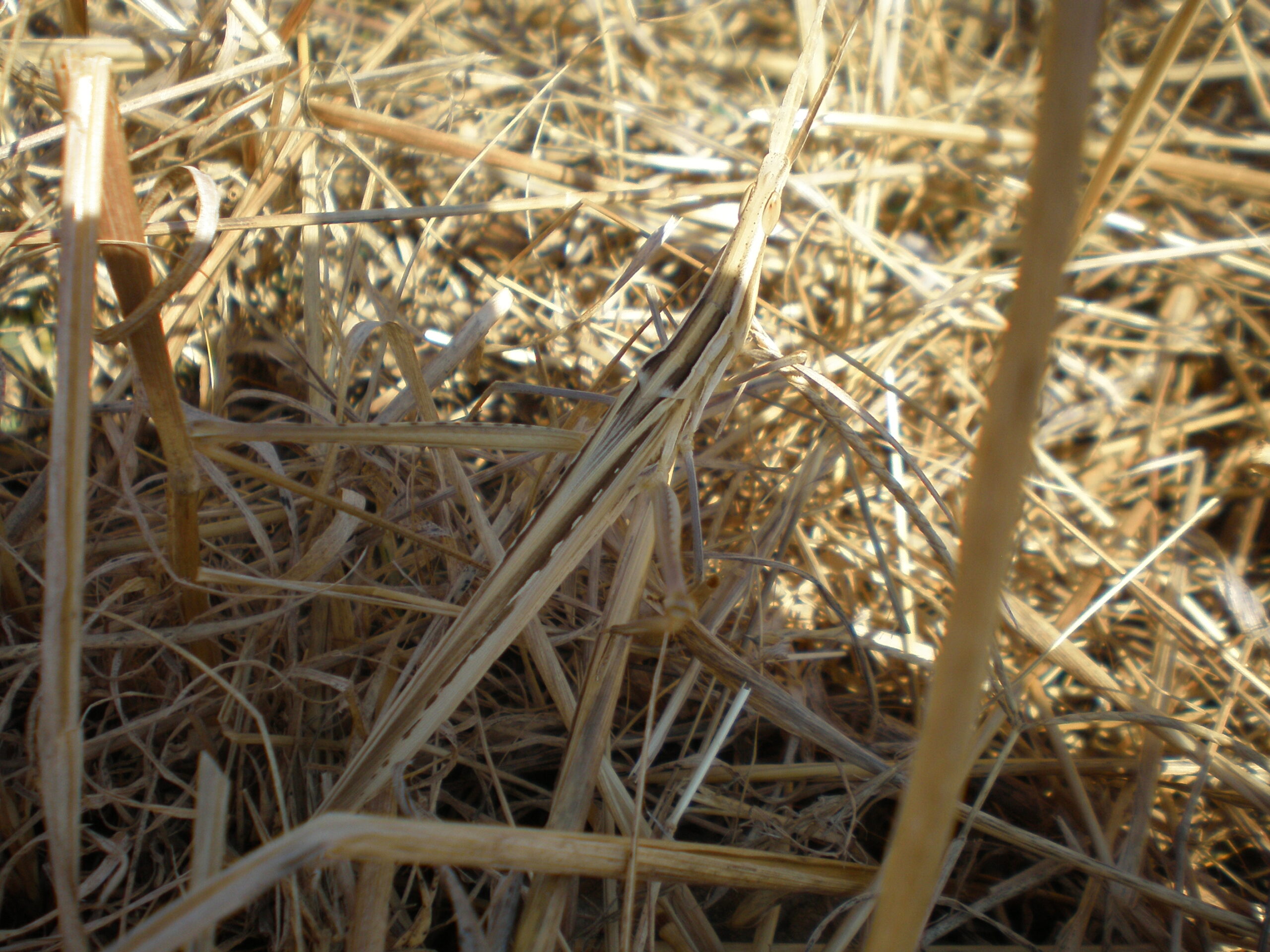
When it comes to playing hide-and-seek, Phryganistria chinensis is the undisputed champion of the insect world. Its body perfectly mimics dead branches and twigs, complete with bark-like textures and natural color variations that would make any military camouflage designer jealous. The insect can remain motionless for hours, swaying only slightly with the wind to maintain its convincing disguise. During daylight hours, it positions itself along tree branches at angles that maximize its resemblance to natural wood, often fooling researchers who study them professionally. Even when moving, the insect rocks back and forth in a way that mimics wind-blown vegetation, making detection nearly impossible for both predators and human observers.
The Physics of Supporting Such Massive Length

Supporting a 24-inch body presents incredible engineering challenges that would make structural engineers scratch their heads in wonder. The insect’s exoskeleton must be strong enough to prevent sagging while remaining light enough for movement and molting. Its legs are positioned strategically along its body to distribute weight evenly, functioning like support beams in a suspension bridge. The insect’s internal structure includes reinforced segments and specialized muscle arrangements that work together to maintain rigidity without sacrificing flexibility. Remarkably, the creature can still move gracefully despite its enormous length, demonstrating nature’s incredible ability to solve complex biomechanical problems through millions of years of evolution.
Feeding Strategies for a Giant Body
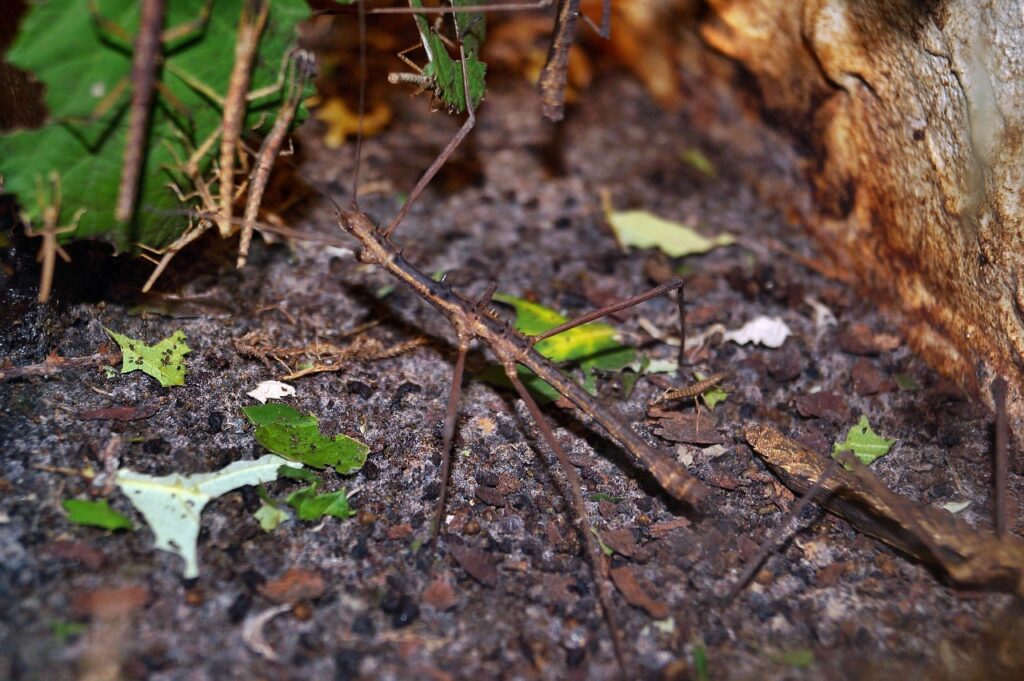
Maintaining such an enormous body requires a sophisticated feeding strategy that goes far beyond simply munching on leaves. Phryganistria chinensis has evolved highly specialized feeding behaviors that maximize nutrition while minimizing exposure to predators. The insect feeds primarily at night when most visual predators are inactive, using its length advantage to reach food sources that smaller insects cannot access. Its extended reach allows it to feed on leaves at the tips of branches where competition is minimal and the foliage is often more nutritious. The creature can also feed while maintaining its camouflaged position, slowly extending its front legs to grab nearby leaves without breaking its twig-like pose.
Reproduction Challenges in Giant Insects
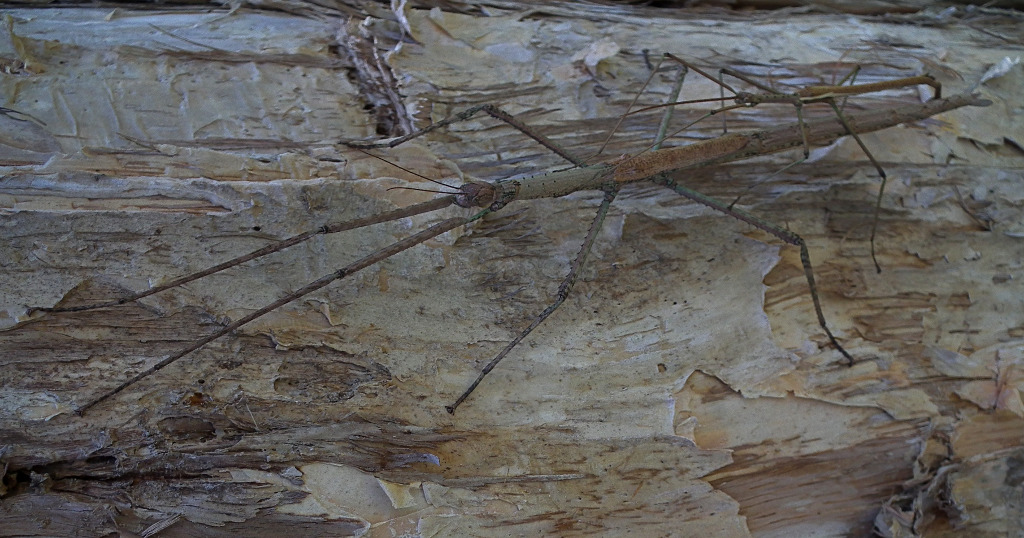
When you’re the longest insect in the world, even romance becomes a logistical nightmare that would challenge any matchmaker. Finding a mate of similar size in the vast forests of China is like searching for a needle in a haystack, except the needle is two feet long and perfectly camouflaged. Males must locate females using chemical signals called pheromones, but the sheer distance these signals must travel in forest environments makes the process incredibly challenging. Once a pair finds each other, the physical act of mating requires complex positioning and coordination due to their enormous length. The female then faces the additional challenge of laying eggs while maintaining her camouflage, often depositing them in locations that provide optimal protection for the next generation.
The Molting Miracle of Growing Longer

Imagine trying to change clothes when you’re trapped inside a rigid suit of armor—that’s essentially what molting represents for these giant stick insects. As juveniles grow toward their record-breaking adult length, they must periodically shed their entire exoskeleton in a process that becomes increasingly dangerous with each molt. The insect hangs upside down and literally crawls out of its old skin, a process that can take several hours and leaves it completely vulnerable to predators. During this critical period, the soft new exoskeleton must harden quickly while the insect maintains its elongated shape without any structural support. Failed molts often result in deformed limbs or death, making survival to adulthood a remarkable achievement that only a fraction of individuals accomplish.
Habitat Requirements for Maximum Length

The forests that produce the world’s longest insects aren’t just any ordinary woodlands—they’re specialized ecosystems that provide the perfect conditions for extreme gigantism. These Chinese forests offer dense canopy cover that provides countless branching patterns for the insects to mimic, creating an environment where being long is genuinely advantageous. The high humidity levels help maintain the insect’s flexibility and prevent their exoskeletons from becoming too brittle, while consistent temperatures support their slow metabolism. Abundant vegetation provides diverse food sources at various heights, allowing these giants to feed without traveling dangerous distances. The relative absence of large predators in these specific forest layers has also contributed to the evolution of such extreme sizes.
Defense Mechanisms Beyond Camouflage
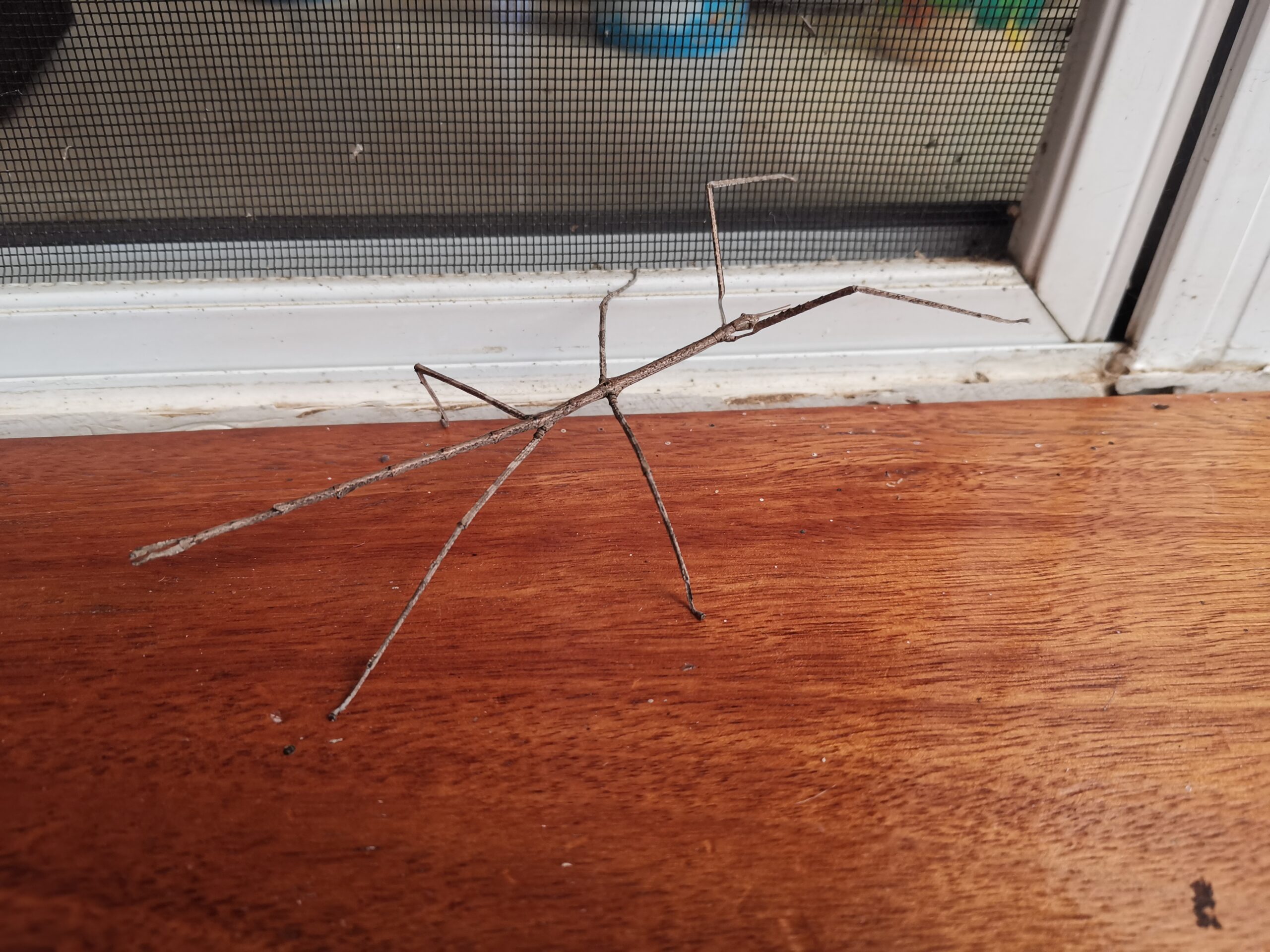
While camouflage is their primary defense, these giant stick insects have developed an arsenal of backup strategies that would impress any military strategist. When discovered by predators, they can suddenly drop from branches and play dead, using their length to scatter across the forest floor like fallen timber. Some individuals can shed limbs when grabbed by predators, sacrificing a leg to escape with their lives—a process called autotomy that can save them from becoming lunch. They can also release foul-smelling chemicals from specialized glands, creating a deterrent that makes them unappetizing to potential predators. During threatening situations, they may rapidly vibrate their bodies to create confusing visual effects that can startle or disorient attackers long enough for escape.
The Role of Climate in Extreme Insect Growth

The specific climate conditions in southern China create a perfect storm for producing record-breaking insect giants that couldn’t exist anywhere else on Earth. The region’s subtropical climate provides consistent warmth that supports year-round growth, while seasonal variations are mild enough to prevent the extreme energy demands of surviving harsh winters. High humidity levels are crucial for maintaining the flexibility of their enormous exoskeletons and supporting the molting process that allows them to reach such incredible lengths. The extended growing seasons give these insects more time to reach their maximum potential size before reproduction becomes necessary. Monsoon patterns also create ideal conditions for plant growth, ensuring abundant food sources throughout the critical development periods.
Discovery and Scientific Classification
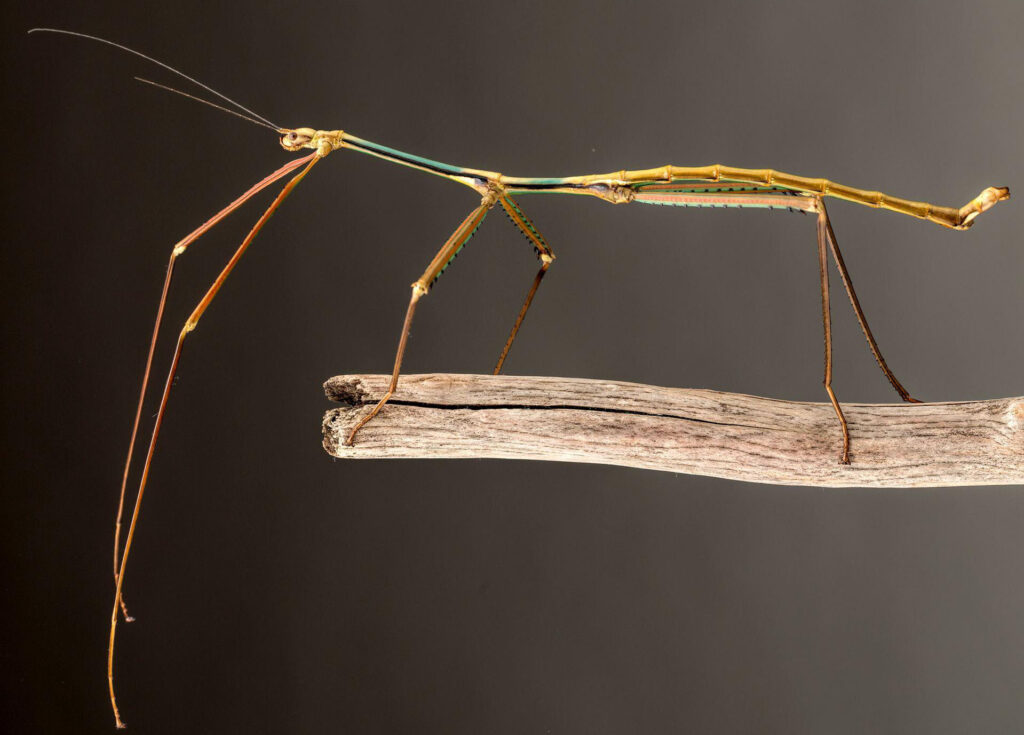
The discovery of Phryganistria chinensis reads like an adventure novel, complete with remote expeditions and jaw-dropping moments that left scientists speechless. Chinese researcher Zhao Li first encountered specimens of this species during field work in the Guangxi region, initially mistaking them for unusually long twigs until one suddenly moved. The formal description and measurement process required specialized equipment and photography techniques to document their incredible length accurately. Taxonomists had to develop new protocols for handling and preserving such enormous specimens, as traditional insect collection methods proved inadequate for creatures of this size. The scientific community’s reaction was one of amazement mixed with skepticism until photographic evidence and multiple specimens confirmed the incredible measurements.
Comparison with Other Giant Insects
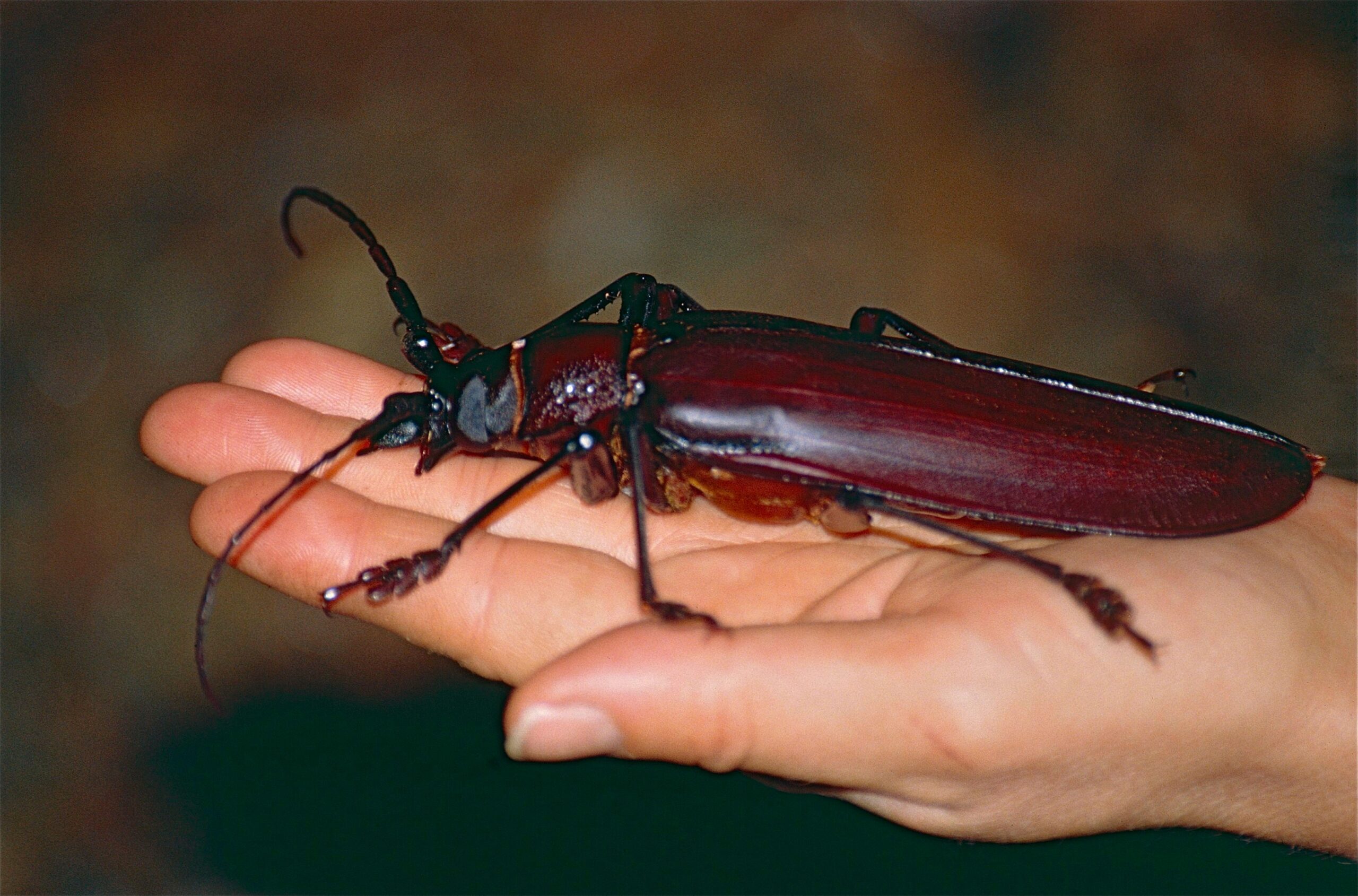
While Phryganistria chinensis holds the length record, the insect world is full of other giants that showcase nature’s ability to push size boundaries in different directions. The Goliath beetle of Africa can weigh as much as a small mouse, though it’s only a fraction of the stick insect’s length, demonstrating how different evolutionary pressures create different types of gigantism. Titan beetles from South America can grow to nearly seven inches long with jaws powerful enough to snap pencils, showing that length isn’t the only path to impressive size. Giant water bugs from Asia can reach five inches and are capable of catching and eating small fish, proving that aquatic environments also support insect giants. These comparisons highlight how each environment has shaped its own unique versions of insect extremes.
Conservation Concerns and Habitat Threats

The future of the world’s longest insect hangs in the balance as human activities increasingly threaten the specialized forests that these giants call home. Deforestation in southern China continues to reduce available habitat, fragmenting populations and making it harder for these already rare creatures to find mates. Climate change poses additional threats by altering the precise temperature and humidity conditions that these insects require for successful molting and growth. Agricultural expansion and urban development are converting natural forests into human landscapes, eliminating the complex branching patterns that these master mimics depend on for survival. Conservation efforts are complicated by the insects’ secretive nature and the remote locations of their remaining habitats, making population monitoring extremely challenging.
The Future of Giant Insect Research

Scientists believe we’ve only scratched the surface when it comes to understanding and discovering giant insects, with remote forests around the world potentially harboring even more impressive specimens. Advanced DNA analysis is revealing that what was once considered a single species might actually be multiple closely related giants, each adapted to specific microhabitats within these complex forest ecosystems. New imaging technologies are allowing researchers to study the biomechanics of these enormous insects without disturbing them in their natural environments, providing insights into how they achieve such incredible structural engineering. Climate monitoring and habitat mapping projects are helping identify other regions where similar giants might exist, expanding the search beyond traditional hotspots. The integration of citizen science projects and improved camera trap technologies may lead to discoveries of even larger specimens in previously unexplored areas.
Lessons from Nature’s Longest Creation
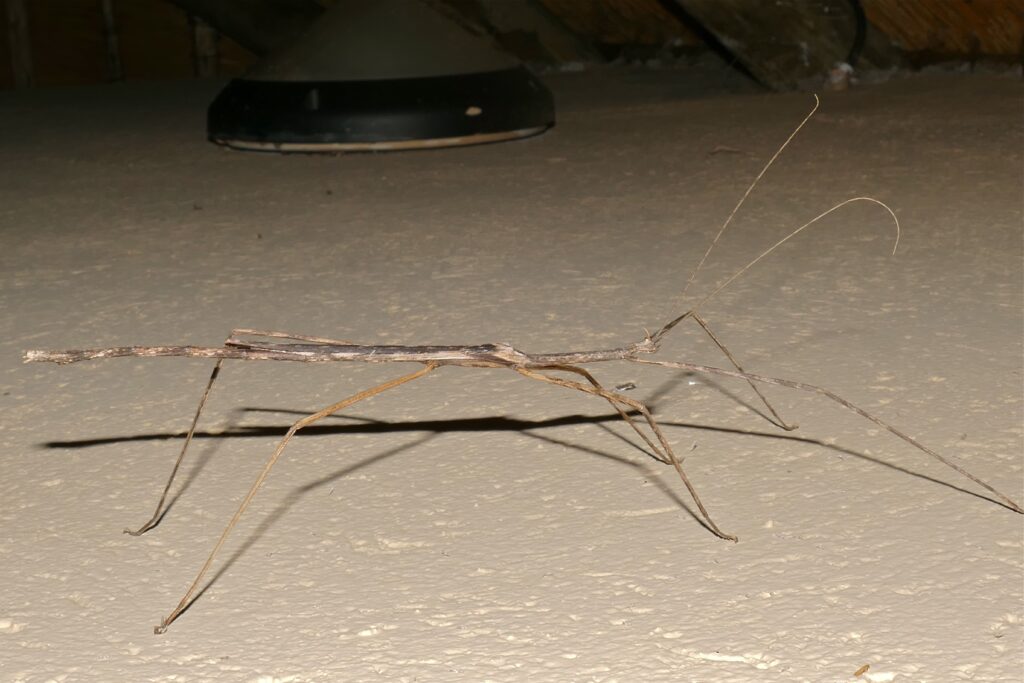
The existence of Phryganistria chinensis challenges our understanding of biological limits and demonstrates nature’s incredible ability to find solutions to seemingly impossible problems. This remarkable creature shows us that evolution doesn’t follow human expectations or engineering principles, instead creating solutions that work perfectly within specific environmental contexts. The insect’s success story reminds us that specialization, rather than generalization, often leads to the most impressive evolutionary achievements in the natural world. Its extreme adaptations highlight the intricate relationships between predators and prey that drive evolutionary innovation over millions of years. Perhaps most importantly, this giant stick insect serves as a living reminder of how much we still don’t know about the incredible diversity of life on our planet, and how easily we could lose these marvels before we even discover them.
Conclusion
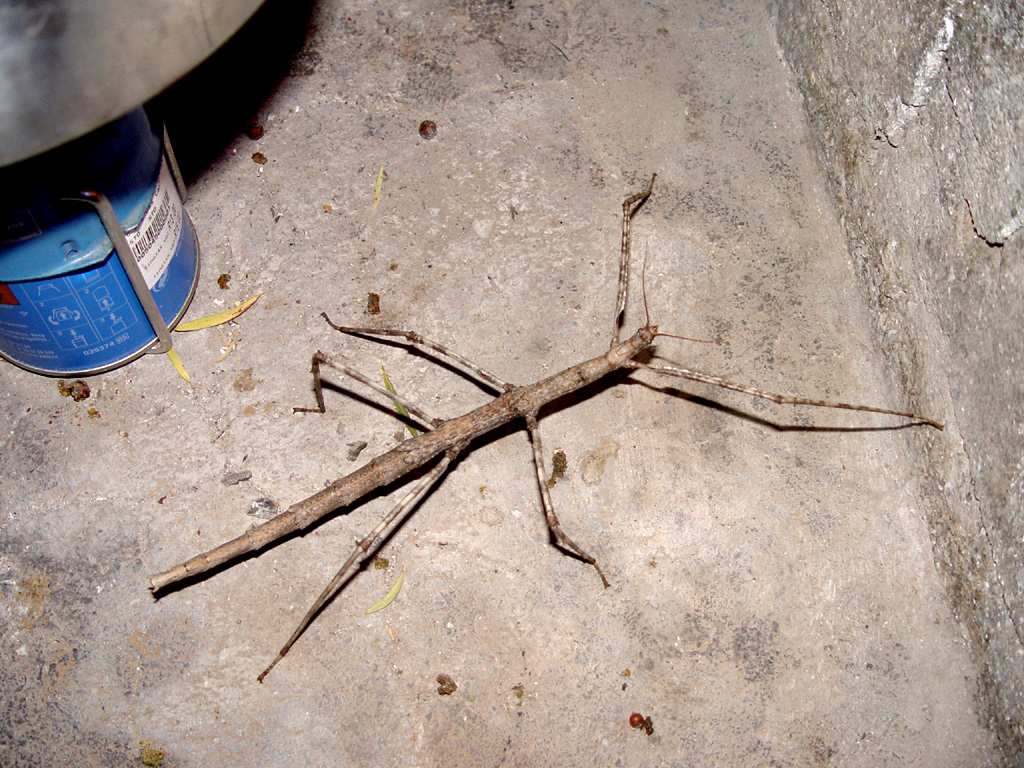
The world’s longest insect represents more than just a record-breaking measurement—it’s a masterpiece of evolutionary engineering that pushes the boundaries of what we thought possible in the insect world. From its incredible camouflage abilities to its specialized habitat requirements, every aspect of Phryganistria chinensis has been fine-tuned by millions of years of natural selection. As we face an uncertain future for these remarkable creatures, their story serves as both an inspiration and a warning about the delicate balance that allows such extraordinary life forms to exist. What other giants might be waiting in unexplored forests, and will we protect their habitats long enough to discover them?

